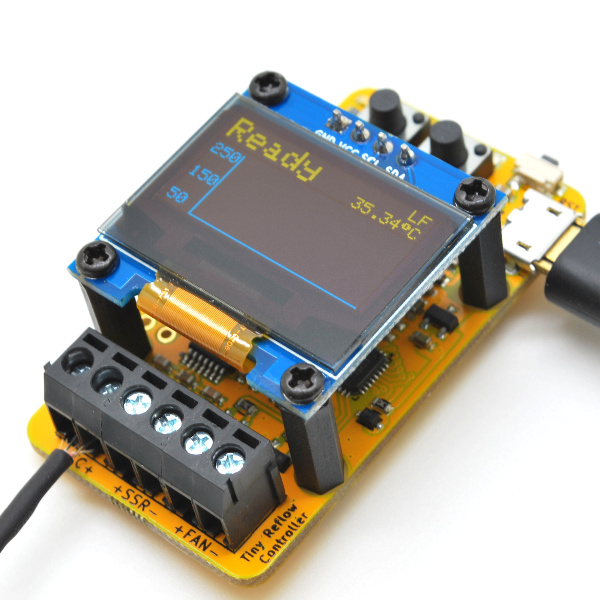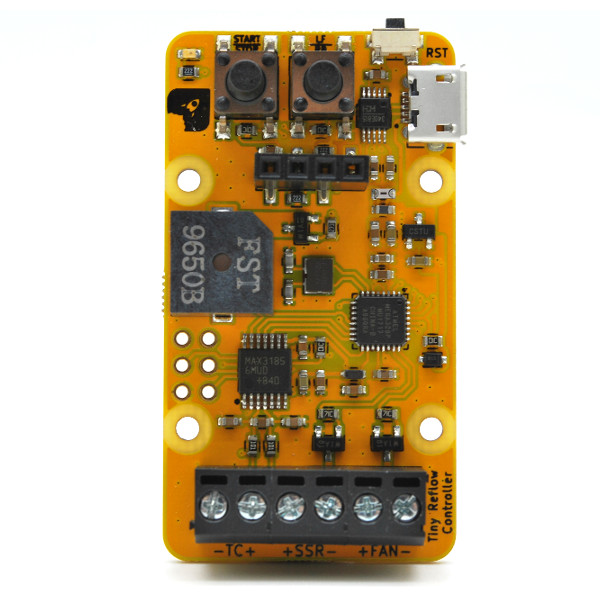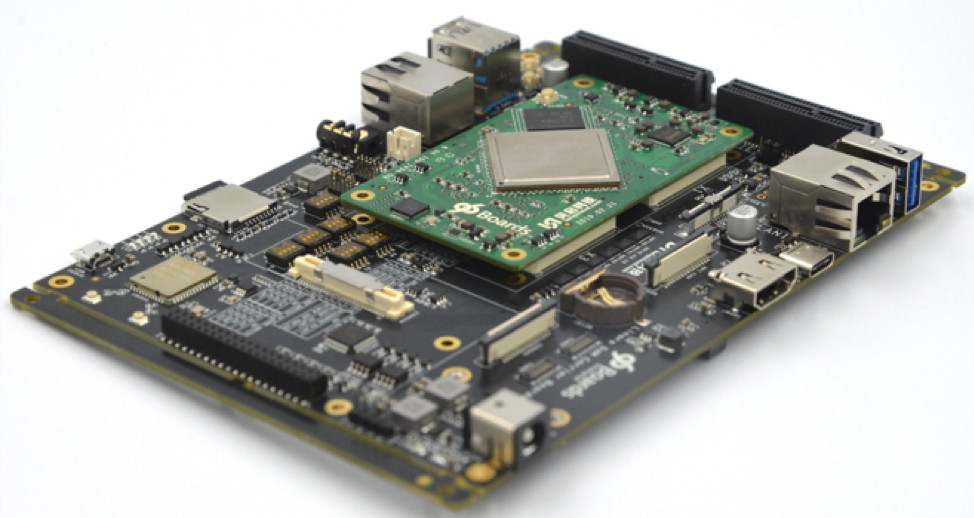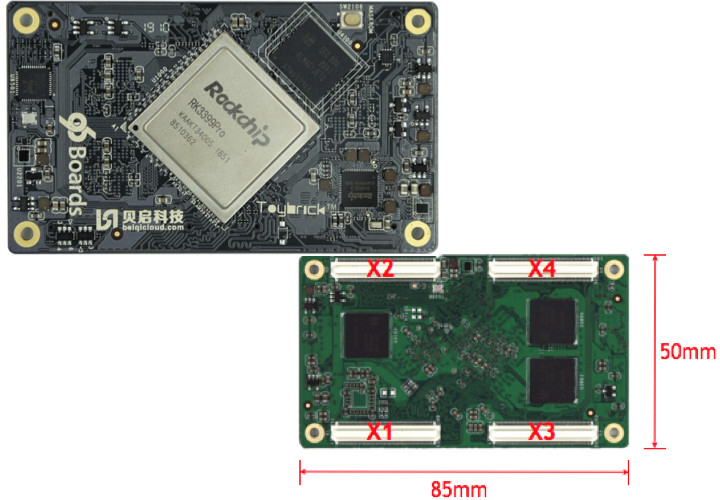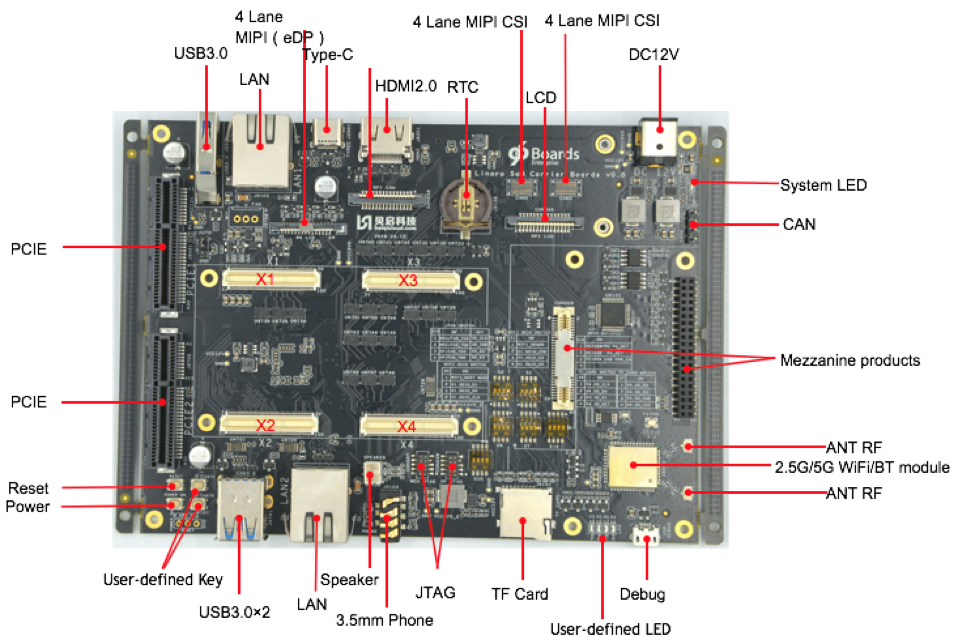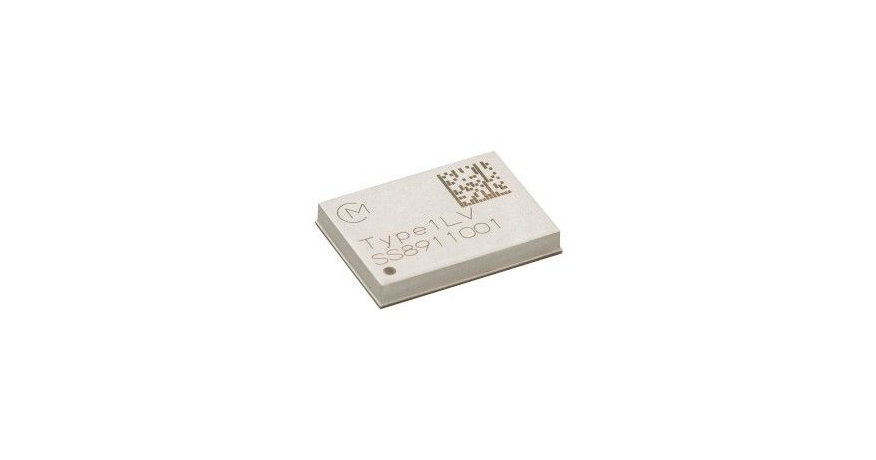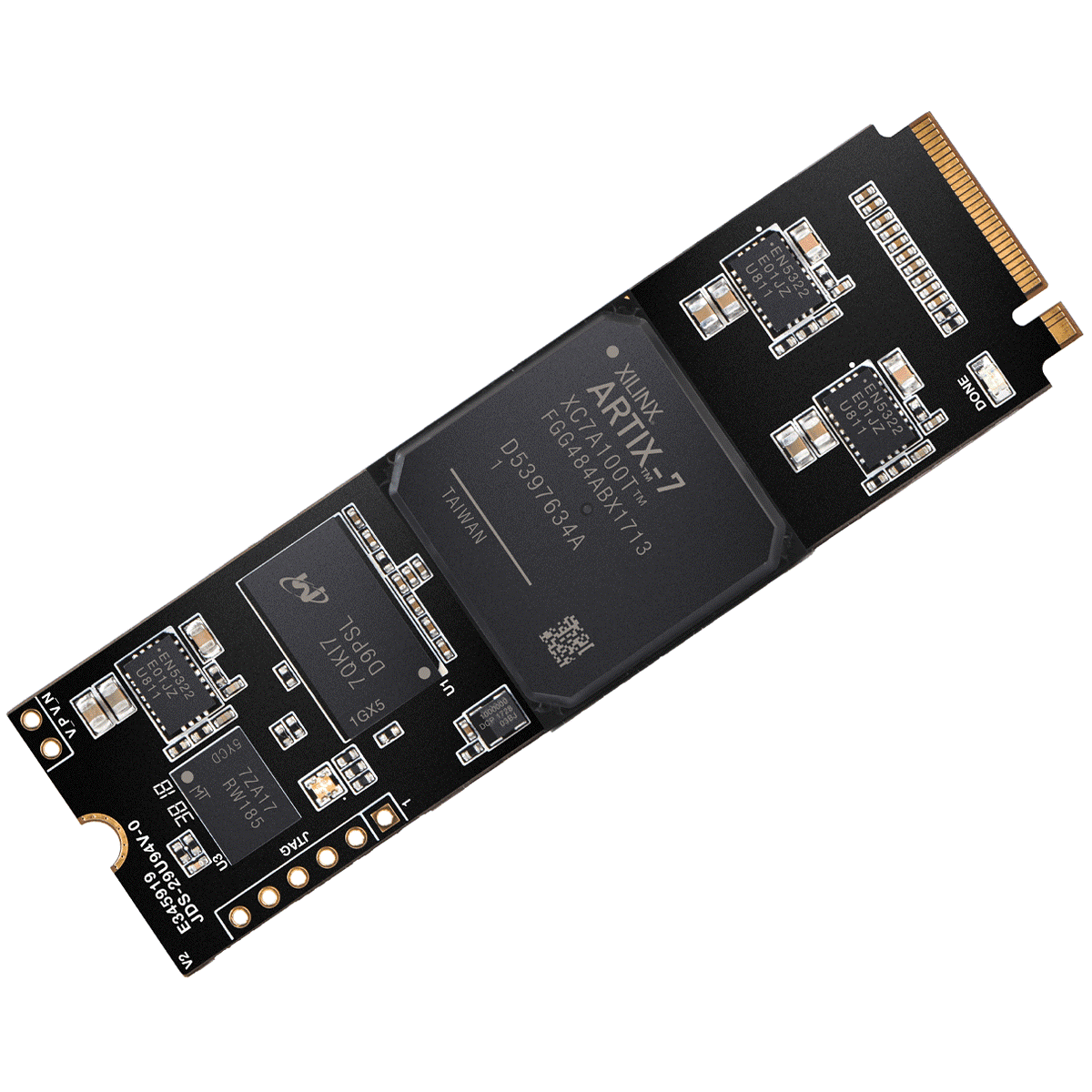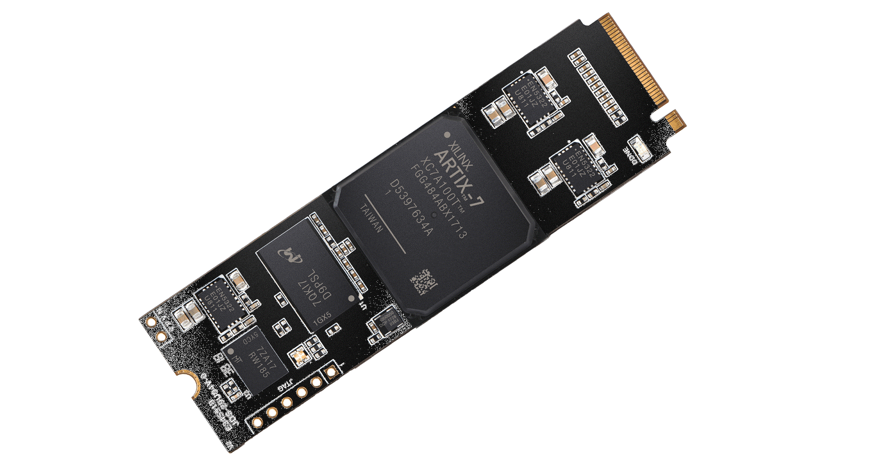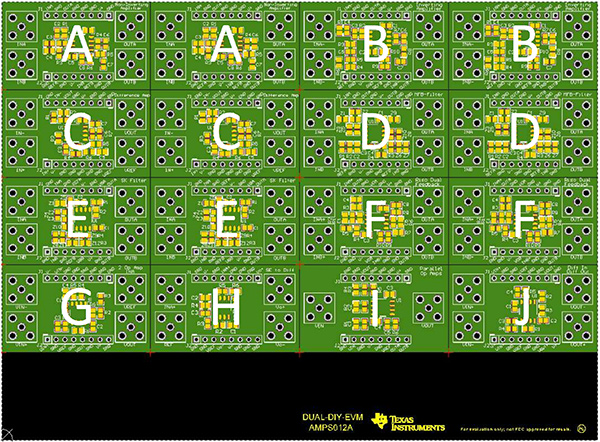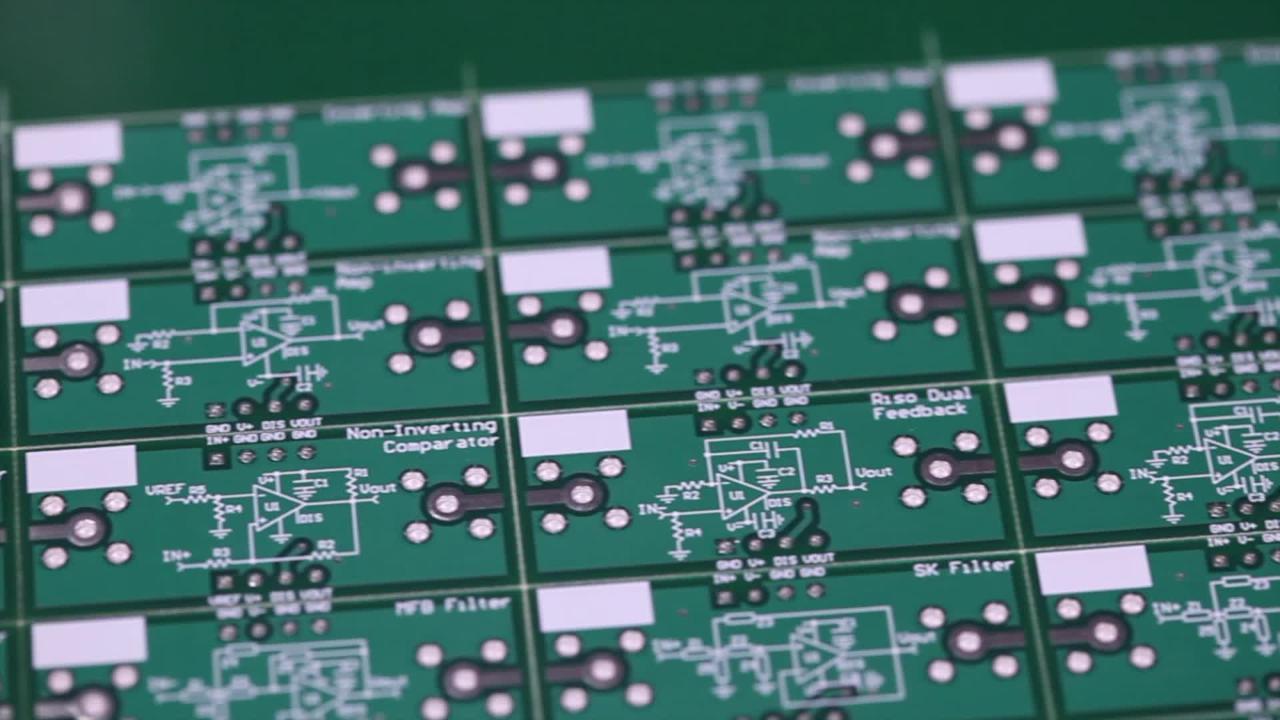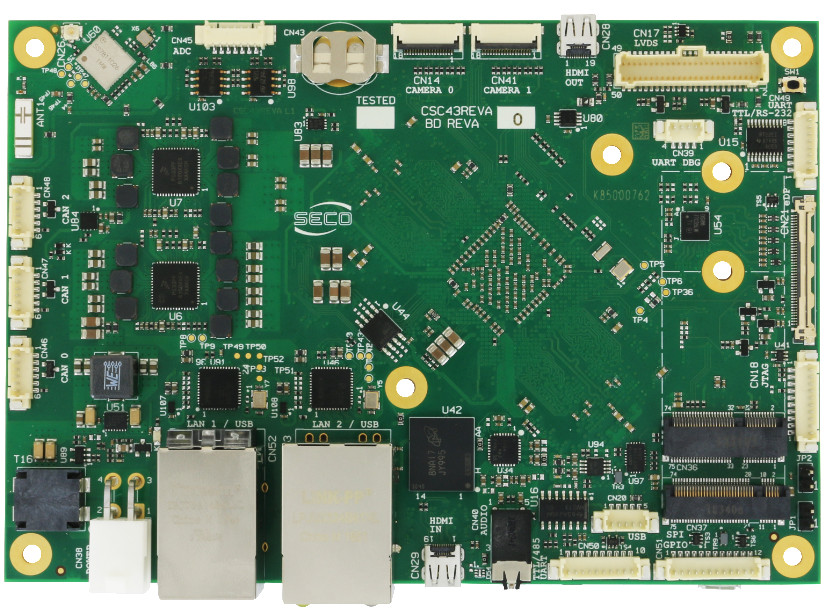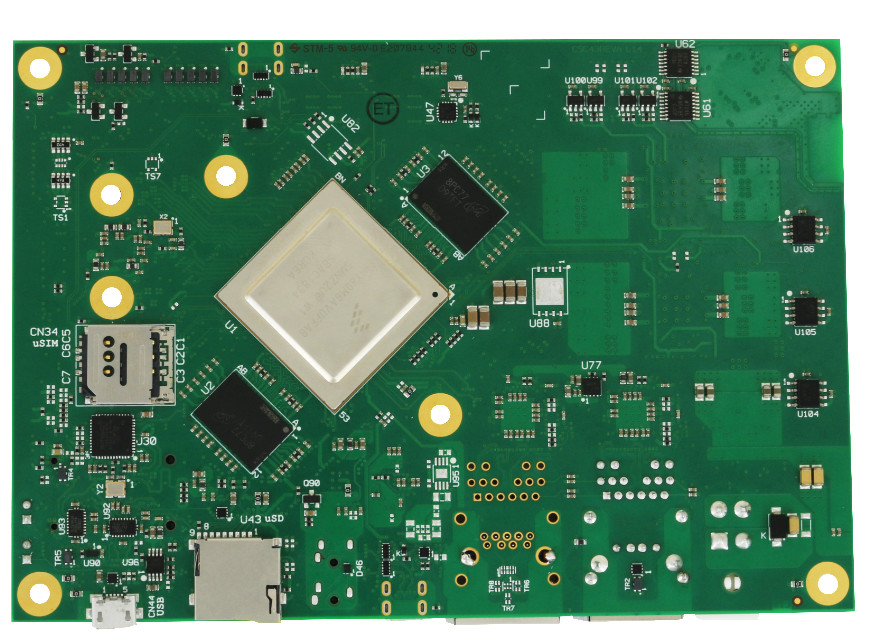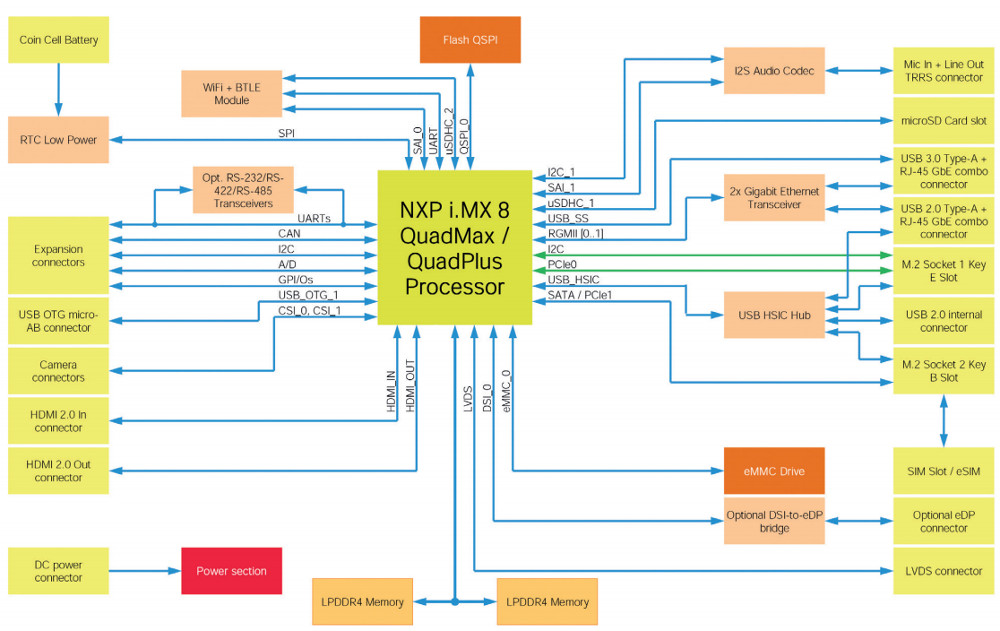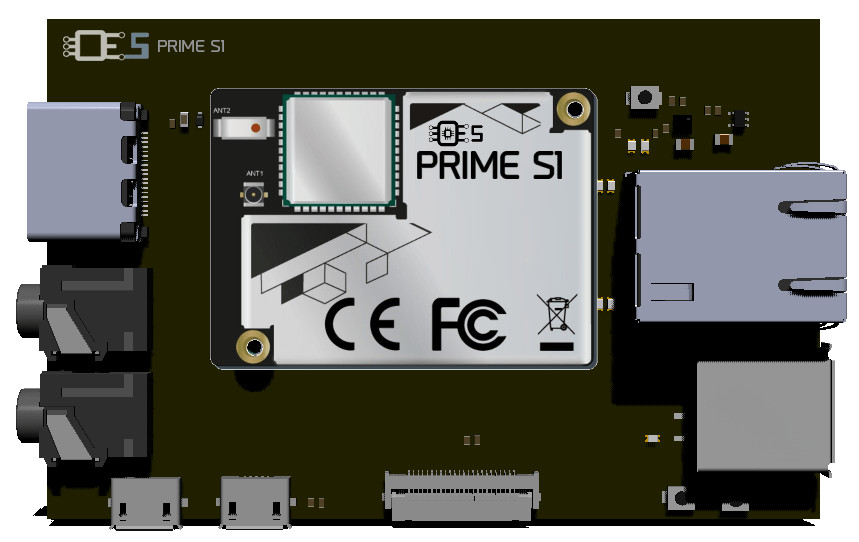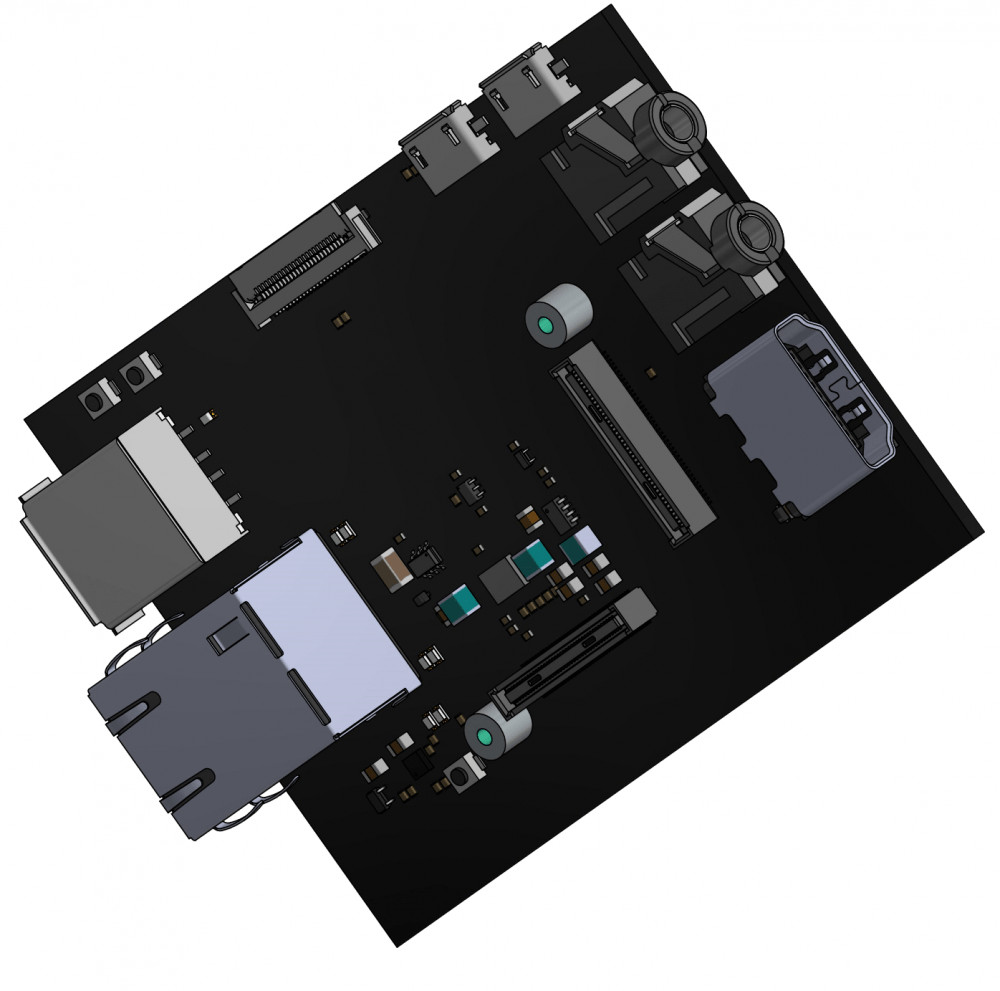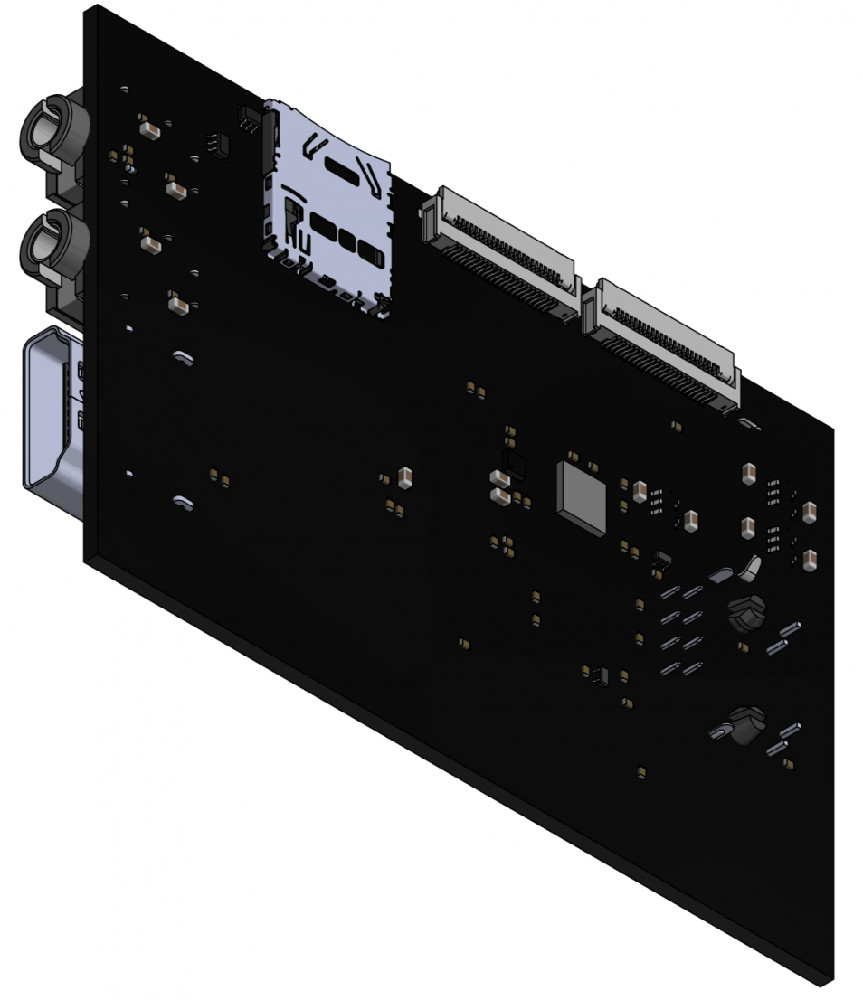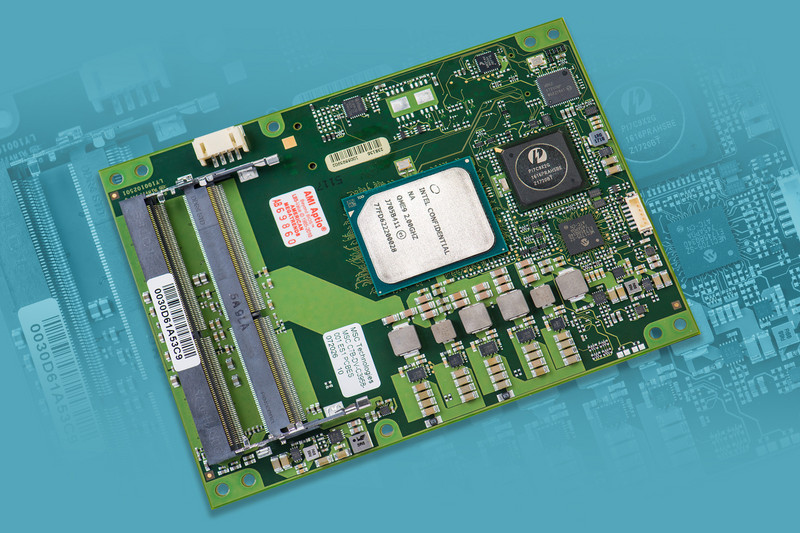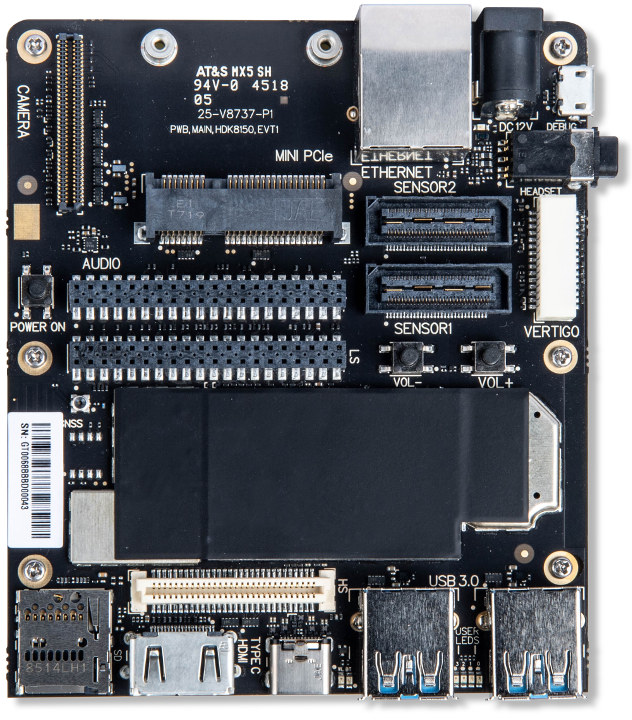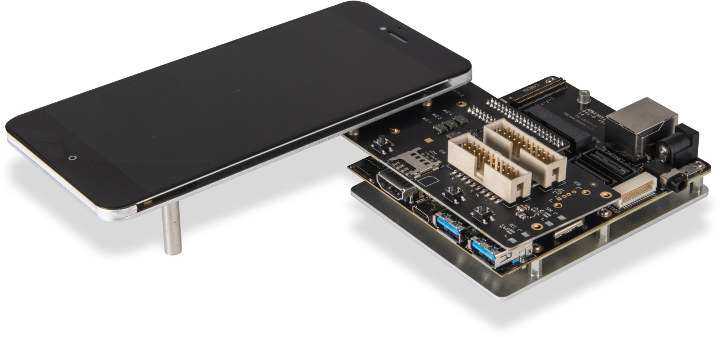Rocketscream.com released their all-in-one Arduino compatible reflow controller powered by ATmega328P with OLED screen and built-in USB port. This reflow controller replaces the beloved “Tiny Reflow Controller V1” which had a character LCD display. Let’s see what’s new on this board.
First, it has the tiniest form factor they have ever made and now it comes with an OLED LCD display to plot the reflow curve along with current temperature value. On top of that, they have added a USB-serial interface chip to remove the necessity of an external USB-serial adapter.
Tiny Reflow controller V2 is powered by the ATmega328P coupled with the latest thermocouple sensor interface IC MAX31856 from Maxim, they also managed to remove the need of an Arduino board and reduce the overall cost. All components run on 3.3V to further simplify the design. All you need to build your own reflow controller is an external Solid State Relay (SSR) (rated accordingly to your oven), K type thermocouple (we recommend those with fiber glass or steel jacket), and an oven of course!
You can now select to run a lead-free profile or leaded profile from the selection switch. The example code running the reflow process utilized a PID control provided by the awesome PID library written by Brett Beauregard.
Features:
- Powered by ATmega328P
- 3.3V at 8 MHz
- Arduino Pro / Pro Mini 3.3V 8MHz compatible
- MAX31856 thermocouple interface
- 0.96″ 128×64 OLED LCD yellow and blue color
- 2 push button:
- 1 to start and stop the reflow process
- 1 to select the reflow profile (lead-free or leaded) and stored on the non-volatile EEPROM
- 1 red LED for status indication
- 1 terminal block for thermocouple type K
- 1 terminal block for driving SSR (through an NPN transistor, 5mA @ 5V output) to control heating element/oven
- 1 terminal block for driving SSR (through an NPN transistor, 5mA @ 5V output) to control fan
- 1 buzzer with transistor for loud and annoying sound
- 1 reset button
- ISP pins breakout
- Built-in USB-serial interface for firmware upload and serial interface
- Unit is powered through a microUSB connector with 500 mA resettable fuse
- Comes with extra 4 pieces of M2*5mm spacer (male-female) and 4 pieces of M2*5mm screws if you decided to mount it on the oven’s front panel
- Dimension – 27.94 mm x 50.80 mm
- FR4 TG140 PCB with immersion gold (ENIG) finish
- RoHS compliant – Yes
Schematic
All design files are available on githiub.com and you can buy an assembled and tested unit on www.rocketscream.com for only 29.90 USD.


